Malaysian fruits are fruits that are widely grown and enjoyed in Malaysia. A large number of local fruits have indigenous origins, while others arrived in Malaysia through trade and culinary exchange from many places, especially from India and the Americas.
Tropical fruits make up the majority of fruits available in Malaysia. With vibrant colors, bold aromas, and strong tastes, they contribute significantly to local food offerings and help turn Malaysia into a culinary paradise.
Continue reading to discover the best 18 fruits Malaysia has to offer. Next, I will delve into the most popular Malaysian dishes and beverages prepared with fruits, either as the main or secondary ingredients.
For extra information, stay tuned to learn about prominent vegetables in Malaysia and the common regions that cultivate Malaysian fruits.
18 Famous Malaysian Fruits with Filters
Below you’ll find a comprehensive list of the 18 most popular Malaysian fruits, arranged by their popularity.
Be sure to use the filter feature for a seamless search experience, allowing you to easily distinguish between native, imported, national, exotic fruits and those frequently used in culinary preparations, drinks, or garnishes.
Durian
- Exotic
- For Beverages
- For Dishes
- National
- Native
Durian is a famous fruit native to Malaysia and several neighboring Southeast Asian countries. It is dubbed the “king of fruits” and holds a special place in the culinary Malaysian identity.
A durian can reach a large size and a significant weight between 2 to 7 pounds. With a round or oblong form, each fruit is covered in a hard, spiky outer shell and filled with soft, creamy flesh.
Interestingly, “durian” was derived from “duri,” the Malay word for “thorn,” which refers to the impressive appearance of this tropical delight.
Durians are notorious for their divisive nature. While many people find durian flesh a delicious and aromatic combination of sweet and savory goodness, others can’t stand it and describe its smell as pungent, overwhelming, and similar to sewage or worse.
Nevertheless, most Malaysians don’t have a problem with the smell of durians. They often eat this fruit fresh or use it in desserts, including ice cream and pastries.
Papaya
- For Beverages
- For Dishes
- National
- Non-Native
Papaya, known locally as betik, is a beloved fruit in Malaysia. It is so popular that most locals forget that this fruit originated in Mexico and Central America and was brought to Southeast Asia in the mid-16th century.
Tasting the creamy orange flesh of a ripe papaya, your mind will instantly think of the sweetness of cantaloupes, melons, and mangoes. But papayas are more mellow in flavor and buttery in texture, giving your taste buds a real treat.
Papayas are available year-round in Malaysia. Apart from eating them fresh, Malay people also turn ripe papayas into smoothies, ice cream, and other sweet desserts.
Unripe or green papayas also have great culinary applications. They boast a crunchy texture and have a neutral flavor, making them ideal for salads, stews, or curries.
Interestingly, the enzymes in both ripe and unripe papayas are excellent for tenderizing tough cuts of meat.
Coconut
- For Beverages
- For Dishes
- Native
Coconut is a massively popular fruit with numerous applications in Malaysian cuisine. Known locally as “kelapa,” it thrives along the country’s coastal areas with sandy soils and a humid climate.
Along with the rest of Southeast Asia and India, Malaysia is one of the suggested birthplaces of coconut. Today, this country is among the world’s biggest coconut producers.
Coconut in Malaysia has two distinct seasons in wet and dry periods. Each fruit comes in a large, hard, and fibrous husk with a nutritious inner kernel and sweet, refreshing water.
The outer layer of a coconut is green or yellow when young but turns brown as it matures. Malaysians love enjoying the hydrating water and tender flesh of young coconuts, while the older coconuts are better for cooking and making coconut oil.
In particular, many Malaysian dishes and beverages feature grated coconut and coconut milk, which is a white creamy liquid extracted from grated coconut pulp.
Rambutan
- Exotic
- For Dishes
- Native
Rambutan is a tropical fruit originating in Malaysia. Its name came from a Malay word that means “hair,” aptly describing the appearance of this fruit.
Rambutans have a leathery skin covered in soft spines, encasing a juicy, flesh that is sweet and slightly acidic. As a drupe, each rambutan contains a single inedible seed surrounded by translucent flesh.
Although rambutans are closely related to lychees and longans, their sweet taste is mingled with more tropical and tart notes than these two fruits.
The best way to enjoy rambutans is to separate the outer skin with a knife or even your fingernails and pop the flesh into your mouth, but watch out for the seed.
Mangosteen
- Exotic
- For Dishes
- Native
Mangosteen, often dubbed “the queen of fruit,” is a famous fruit native to Malaysia and parts of Indonesia. It has a thick, deep purple rind with a soft, white segmented flesh inside.
known for its sweet and slightly tangy flavor.
The flesh of mangosteen is exquisitely sweet and tangy; you can get the whitish segments out by cutting the rind and gently squeezing it. The interior small seeds are inedible and should be split out.
In Malaysia, mangosteens are in season once from the mid to late year. Locals mainly eat them fresh and freeze them or can for long-term storage.
Pomelo
- For Beverages
- For Dishes
- Native
Pomelo is a large citrus fruit widely consumed in Malaysia. The Tambun Valley in the northern state of Perak is the best place in the country to cultivate this tropical fruit.
Pomelo season peaks from late year to early year, when big fruits with a thick, pale green or yellow rind are at their most abundant. The interior pink, red, or white pulp ranges from sweet to slightly tart and bitter, depending on the variety.
Malaysians mostly enjoy fresh pomelos for all occasions, though people of Chinese descent love adding them to Lunar New Year celebrations.
Jackfruit
- For Dishes
- Native
Jackfruit is an indigenous tropical fruit in Malaysia and many Southeast Asian countries. Do you know that its Malay name, “chakka,” inspired its Portuguese name “jaca,” from which the English name “jackfruit” was created?
The humid tropical climate of the Malaysian lowlands is particularly suitable for growing jackfruits. Each fruit boasts a massive size, spiky green exterior, and numerous crunchy, sweet, yellow segments inside.
In Malaysia, jackfruits mainly bear fruit twice a year, with peak seasons varying slightly by region. Locals consume the fleshy part raw or incorporate it into curries or desserts.
A jackfruit tastes like a combination of fruits, like a sweet blend of apples, pineapples, and bananas. Its seeds are also edible and can be boiled or roasted.
Langsat
- Exotic
- For Dishes
- Native
Langsat is a delicious Malaysian berry fruit with a refreshingly sweet, slightly tangy taste. It has many alternative names, such as langzones, longkang, duku, and dokong.
Langsat grows in clusters of round to oval fruits with a thin, yellowish skin. This skin is easy to peel, revealing white, juicy segments that resemble peeled garlic cloves yet offer a refreshing snack during the hot days.
While the flesh of langsats is evocative of grapes and grapefruits, the seeds are bitter and should be removed. Malaysians mostly enjoy this tropical fruit fresh, but they sometimes use it in syrup and desserts.
Salak
- Exotic
- For Dishes
- Non-Native
Salak, also known as snake fruit or snakeskin fruit, is an exotic berry fruit in Malaysia. Hailing from the Java and Sumatra regions in Indonesia, it is now a wonderful delight in many parts of Malaysia.
The interesting name of snakeskin fruit comes from its unique reddish-brown scaly skin. Peel off the skin, and you will look at the crunchy and sweet yet tangy lobes whose taste is similar to a mix of apples, bananas, and pineapples.
Salaks grow in clusters at the base of a type of palm tree and are available mostly throughout the year. In 1999, Malaysia put salaks on its stamps as part of a series about exotic fruits.
Pulasan
- Exotic
- For Dishes
- Native
Pulasan is a tropical fruit mostly found in the Malaysian Peninsula. It is a close relative of the rambutan but is less well-known outside of Southeast Asia.
Compared to rambutans, pusalans are smaller yet sweeter, juicier, and less hairy. Their name was derived from the Malay word “pulas,” which means “to twist”; locals often remove the skin of a pusalan by twisting the fruit with both hands, hence the name.
Most pulasan trees are found in Malaysia’s northern regions. The main fruiting season occurs from July to November.
While Malaysians love the mellow sweetness of fresh pulasans, they sometimes add them to salads and desserts, too.
Guava
- For Beverages
- For Dishes
- Non-Native
Guava is a beloved berry fruit in Malaysia and many Southeast Asian countries. Hailing from the Americas, it was introduced to the region in the 16th century by the Spanish and Portuguese.
Guavas are round to pear-shaped, green to yellow outside, and pink or white inside, and contain small seeds. Among the many varieties, the red Malaysian guava is the most common type in the country.
Malaysian guavas are available year-round as a fruity snack. A tasty mix of sweetness and tartness characterizes the flavor of fresh guavas, which can be enhanced with a dip of salt and chili peppers.
Using guavas in jams, candies, snacks, fruit bars, juices, and other desserts is also popular in Malaysia.
Sapodilla
- For Beverages
- For Dishes
- Non-Native
Sapodilla is a tropical fruit in Malaysia, native to Mexico, the Caribbean, and Central America, and was later introduced to Southeast Asia. The fruit is recognized for its saggy skin and sweet, malty flavor along with yellow to earthy brown flesh.
Its glossy seeds are inedible, but only after you boil them. Additionally, the fruit is often enjoyed raw or in smoothies, boasting a grainy texture.
Jentik
- Exotic
- For Dishes
- Native
Jetnik is a fruit derived from a member of the Phyllanthaceae family and flourishes in Peninsular Malaysia and Sumatra. Known for its easy-peel nature, jetnik transitions from green when unripe to dark red-brown when matured.
This sour and sweet fruit is widely available in Malaysian and Indonesian markets, and thrives in diverse soil types, from clay to granite. Malaysians often harvest it wild, enjoying its tartness raw or creatively used in jams and syrups.
Java Apple
- For Beverages
- For Dishes
- For Garnish
- Native
Java apple is a fruit native to Malaysia, the Sunda Islands, and the Andaman Islands. Characterized by its bell shape, it has a glossy, waxy skin available in colors like green, white, red, purple, or black.
The crunchy flesh is edible, except for the seeds, and offers a flavor more akin to a pear, combining sweetness with a touch of acidity.
Known as the “black pearl” or “black diamond” in Southeast Asia, Java apples are common in local markets, enjoyed raw, in salads, sautéed dishes, and various desserts.
Carambola
- For Beverages
- For Dishes
- For Garnish
- Native
Carambola, also known as starfruit or five fingers, is native to Southeast Asia and widely grown in Malaysia, Brazil, and the Caribbean. This fruit is notable for its 5 to 6 ridges, creating star-shaped slices when cut horizontally.
Its edible, thin, waxy skin encases crunchy, juicy yellow flesh with 10 to 12 seeds. There are sweet and sour varieties of carambola.
Known for its blend of sweetness and tartness, carambola goes well in salads, stews, and soups, and can even be transformed into delightful jams.
Malay Gooseberry
- For Beverages
- For Dishes
- Non-Native
Malay gooseberry, also known as cermai or star gooseberry, is a tart and sour flavor fruit. Surprisingly, these little fruits grow on the tree’s trunk and branches, having light yellow or white hues.
Known for its crisp and juicy texture, each fruit has an edible seed in the middle. Predominantly found in Asia, the Caribbean, and South America, fresh Malay gooseberry is best dipped in salt to mitigate its acidity.
In Malaysia, this fruit is popularly sweetened to make candies, or transformed into syrup and various desserts.
Rose Myrtle
- For Beverages
- For Dishes
- Native
Rose myrtle is a member of the Myrtaceae family, thriving in Malaysia, China, India, Taiwan, and the Philippines. Also known as kemunting, the fruit grows in coasts, wetlands, natural forests, riparian zones, and moist forest settings.
It boasts small, round fruits with distinctive purple skin. Renowned for its sweet taste and appealing fragrance, rose myrtle is a popular food source for many birds in the wild.
For culinary uses, its flavor and aroma are ideal for making jellies, jams, and wine.
Banana
- For Beverages
- For Dishes
- Native
Banana is a staple fruit in Malaysia, known for its diverse varieties ranging from the sweet “pisang emas” to the larger “pisang tanduk” used in cooking. Thriving in Malaysia’s tropical climate, bananas are used in many local diets.
They are often enjoyed fresh, fried into snacks, or incorporated into desserts and traditional dishes. Bananas are often used in many dishes in Malaysia.
What Malaysia Dishes Use Fruits?
Here are the dishes in Malaysia that make full use of the fruits for their flavors:
These options are only a few examples of the food specialties available in Malaysia that use fruits. Alternatively, you can savor these local Malaysian produce in refreshing drinks.
What Drinks in Malaysia Are Made Using Fruits?
Here are some drinks made entirely from fruits that you should try in Malaysia:
What do you think about these drinks? Aside from the refreshing Malaysian drinks, make sure to find some green veggies often used in the country.
What Vegetables Are Popular in Malaysia?
These are the vegetables in Malaysia that you can easily come across:
Let’s discover the many areas in Malaysia that are popular for their fruit varieties.
Which Regions in Malaysia Are Known for Fruits?
Uncover the areas in Malaysia that grown fruits at the peak quality:
Known for its durian, mangosteen, and rambutan farms due to its fertile soil and favorable climate.
A diverse agricultural region, Johor is famous for its banana, and papaya plantations.
Famous for pomelo orchards, especially in Ipoh, and also known for guava and papaya cultivation.
Renowned for its coconut and tropical fruit production, including rambutan and durian, thanks to its tropical climate.
A key area for starfruit (carambola) and sapodilla cultivation, benefitting from rich soil and ample rainfall.
Coconut cultivation thrives along the coastal areas, supported by the sandy soil and humid tropical weather.
Known for its extensive paddy fields, Kedah also supports a variety of fruit cultivation, including jackfruit and banana.
Pulasan and other exotic fruits are grown here, taking advantage of the region’s undulating terrain and fertile soil.
Not just an urban center, Penang’s countryside is ideal for guava and other tropical fruits, bolstered by its warm climate.
If you find the information about Malaysian fruit helpful, make sure to share it with others. Drop your ideas in the comment to share your experience regarding these fruits.


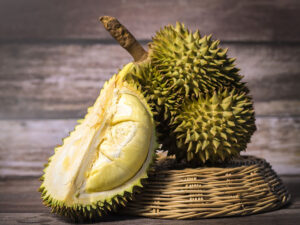
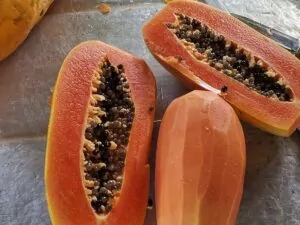
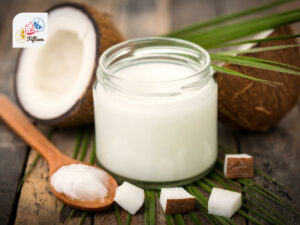
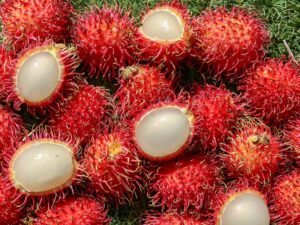
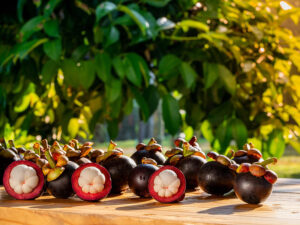
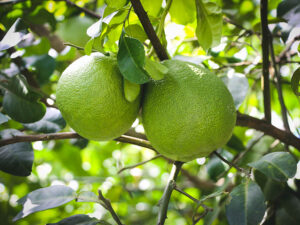
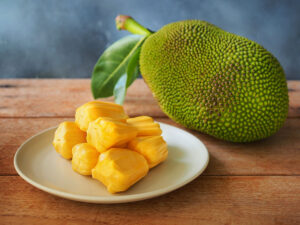
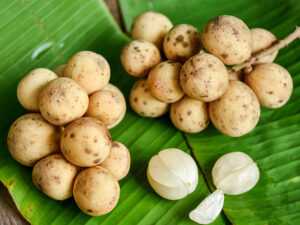
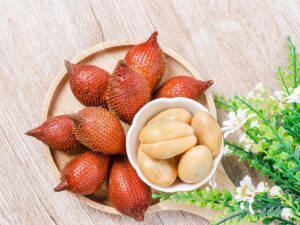
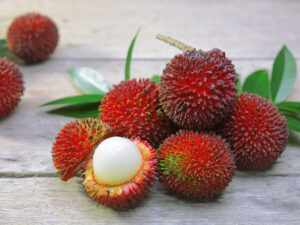
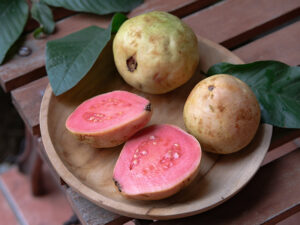
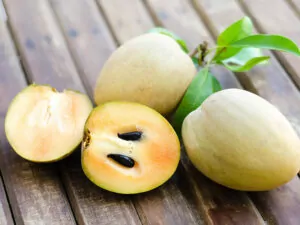
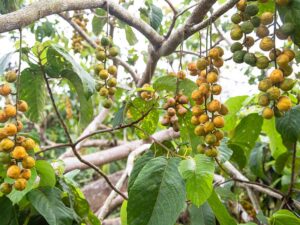
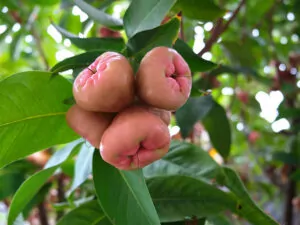
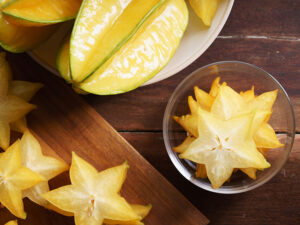
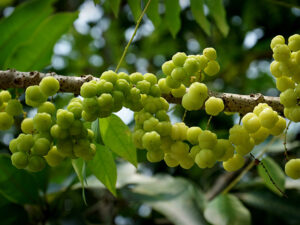
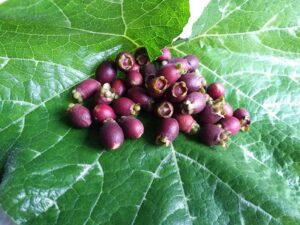
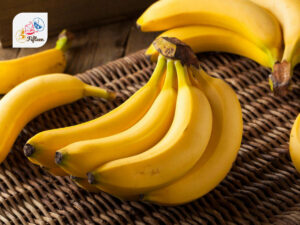
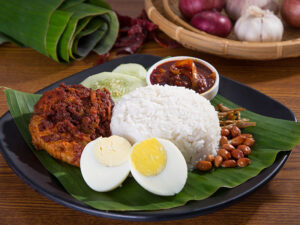
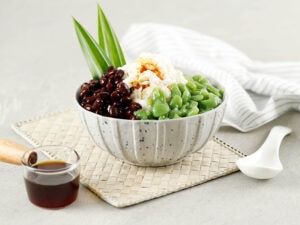
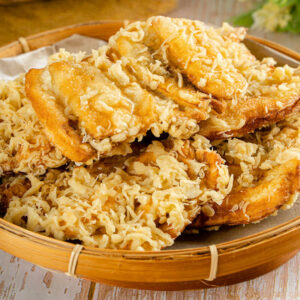

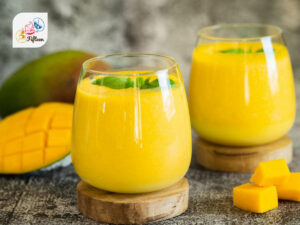
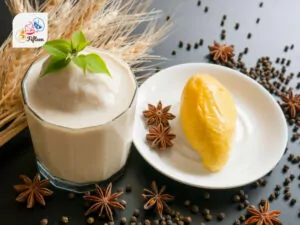
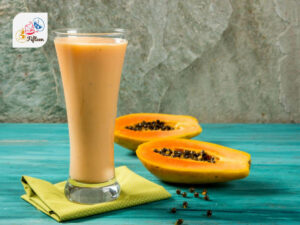
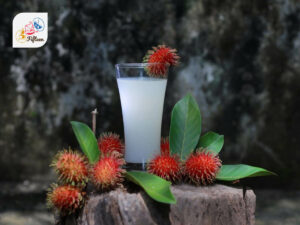
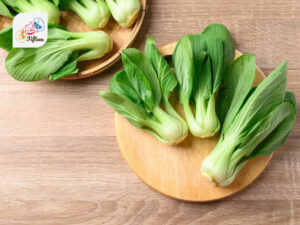
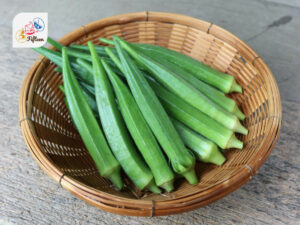
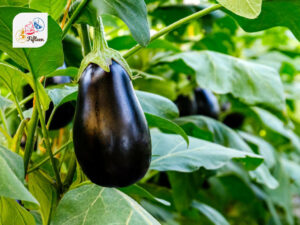
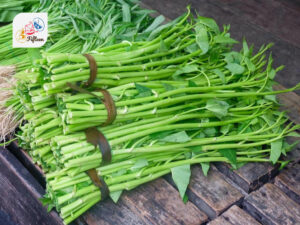
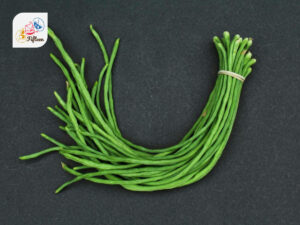
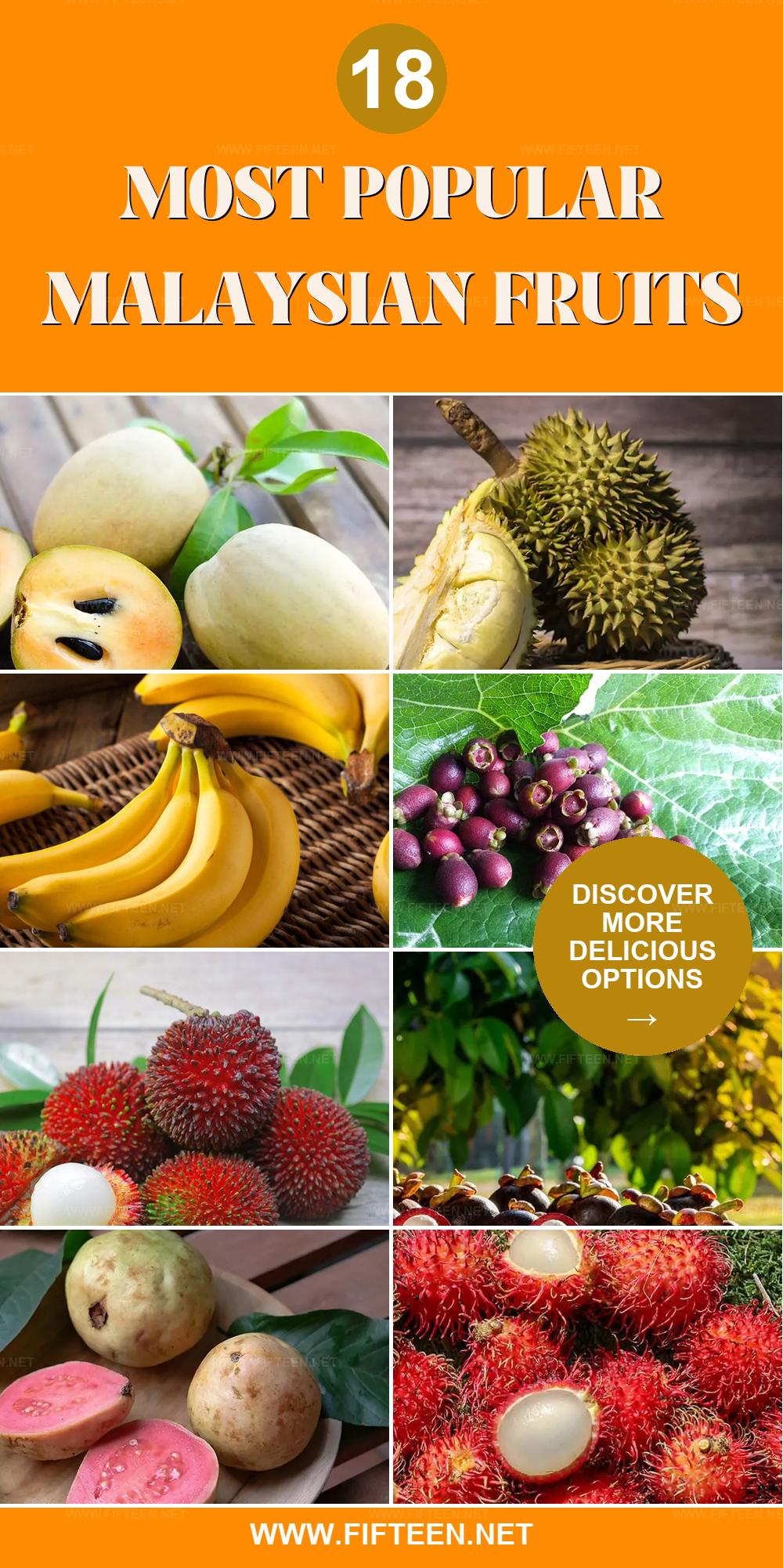
Jamie Scott
Editor in Chief, Senior Content Writer
Expertise
Home Cooking, Meal Planning, Recipe Development, Baking and Pastry, Food Editor, Cooking-video Maker, Western Food Evaluation Expert
Education
Le Cordon Bleu College of Culinary Arts
Local Community College, New York, NY
Jamie Scott is a skilled culinary expert and content creator specializing in Western cuisine. With over 15 years in the culinary field and formal training from Le Cordon Bleu, Paris, Jamie deeply understands how to blend nutrition with delicious flavors. His passion for cooking matches his commitment to making healthy eating accessible and enjoyable.
On Fifteen.net, Jamie brings a fresh perspective to classic dishes and beverages, offering readers insightful recipes, cooking tips, and a fresh view on meal planning that emphasizes taste, health, and simplicity.